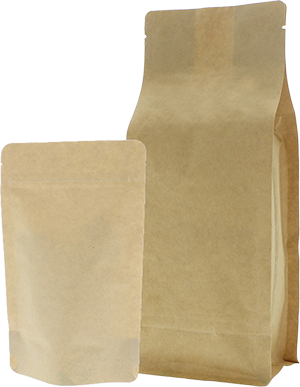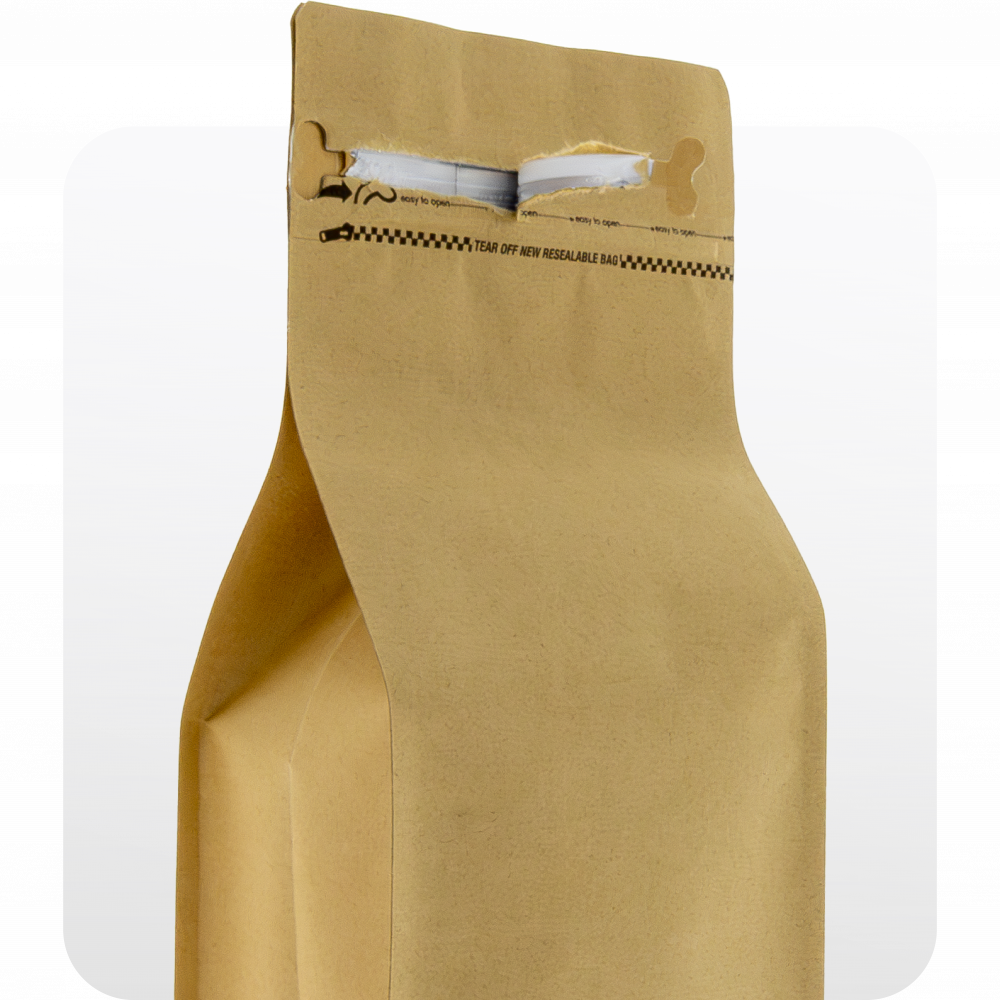Your sample cart is empty
Protecting your product
Packaging has one primary function: protecting the product. Without proper protection, a product can be damaged or spoiled during transport, storage, or use. This leads to waste, extra costs, and a greater environmental impact.
In sustainable packaging design, protection plays a central role. A package that doesn’t provide enough protection is ultimately less sustainable, even if the material is fully recyclable.
On this page, you’ll learn how protection works, which factors play a role, and how you can estimate which type of packaging best matches your product’s needs.

How packaging protects your product
Packaging fulfills several protective functions. Depending on the type of product and its intended use, different features may be important. Below are three key aspects:
Barrier properties
Many packages consist of multiple layers that protect the product against external influences such as oxygen, moisture, light, or odors. These barrier layers help extend shelf life and preserve product quality. Their effectiveness depends on the material and structure of the packaging.
Physical protection
Packaging also needs to protect against physical stress, such as impacts, pressure, or drops. This is especially important for fragile or sensitive products. Flexible packaging can absorb some of these forces, helping to reduce damage during transport or storage.
Closures and convenience
Packaging doesn’t just protect during transport or storage, but also during use. Closure systems such as zippers, seals, or valves can prevent air, moisture, or other substances from affecting the product after opening. They also improve ease of use and help reduce waste.
Protection and sustainability: finding the right balance
When it comes to sustainable packaging, the focus is often on materials: is it recyclable, compostable, or made from renewable resources? But that’s only part of the story. Packaging also plays a crucial role in protecting products from damage, spoilage, or quality loss. If protection falls short, the resulting waste often has a much bigger environmental impact than the packaging material itself.
Take coffee as an example. Producing one kilogram of coffee beans requires around 18,900 liters of water. To package that kilo of coffee, a flexible pouch of about 25 grams of film is enough. Producing that amount of plastic requires less than 0.05 liters of water, based on an average water footprint of 183 liters per kilogram of plastic.
If coffee isn’t properly protected against oxygen or moisture, it can lose quality or spoil. If the product has to be thrown away, not only the packaging is wasted, but also the thousands of liters of water, energy, fuel, and labor that went into production and transport. In this light, packaging that doesn’t fully meet recycling standards but provides long-lasting protection may actually be the more sustainable choice.




This challenge also applies to other product groups such as meat, nuts, dairy, or pharmaceuticals. In these cases, the environmental impact of the product itself is often higher than that of the packaging, making functional design more important than material choice alone.
In short: the most sustainable packaging is not always the one with the lowest material use or the best recyclability, but the one that fits the product’s characteristics and risks. Sustainability is about balancing protection, material, usability, and processing—and that balance differs per situation.
Making the right choice yourself
Not sure what’s best for your product? Feel free to get in touch with us. We’re happy to share our knowledge and experience, so we can work together on a solution that matches your product and provides the protection it needs.
Want to know more or have questions? Contact us - we'll be glad to help!







